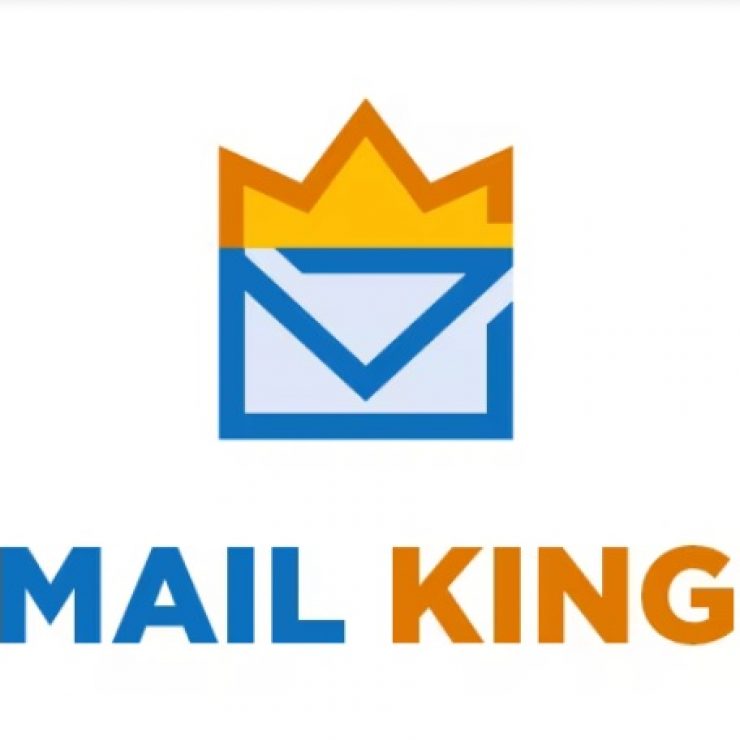If you’re an email marketer, you’ve likely heard the term “spam traps” before. These are email addresses specifically created to catch spammers. When you send emails to spam traps, it can hurt your sender reputation, deliverability, and overall email marketing success. But have you ever wondered who’s behind these spam traps? In this blog post, we’ll explore this mystery and provide tips on how to avoid falling into the spam trap pitfall.
The Guardians of the Inbox
Spam traps are like the gatekeepers of the email ecosystem. Their primary purpose is to identify and filter out senders who engage in poor email practices. Here’s who’s placing spam traps in your email marketing list:
1. Internet Service Providers (ISPs): Major ISPs like Gmail, Yahoo, and Outlook use spam traps to catch and block spammers. They are invested in ensuring a spam-free experience for their users.
2. Anti-Spam Organizations: Entities such as Spamhaus and SURBL maintain spam traps to track and identify senders with suspicious email practices. These organizations provide blacklists to ISPs and email security services.
3. Email Security Companies: Companies that provide email security services and spam filters use spam traps to identify potential threats and block malicious emails.
Types of Spam Traps
There are two main types of spam traps:
Pure Spam Traps: These email addresses were never associated with a real person. They were created solely to capture spammers. Senders who land in these traps likely used outdated, purchased, or scraped email lists.
Recycled Spam Traps: These were once valid email addresses but have since been abandoned by their users. ISPs recycle these addresses as spam traps when they go dormant. Senders who keep emailing to disengaged subscribers may hit these traps.
How to Avoid Falling into the Trap
Now that you know who’s behind spam traps, let’s explore some strategies to avoid getting caught:
Use Permission-Based Lists: Only send emails to subscribers who have explicitly opted in to receive your emails. Avoid buying email lists or scraping addresses from the internet.
Regularly Clean Your List: Remove disengaged and bounced email addresses from your list. Keep it up-to-date to prevent hitting recycled spam traps.
Implement Double Opt-In: Use a double opt-in process where subscribers confirm their subscription by clicking a link in a confirmation email. This verifies the legitimacy of their email addresses.
Segment Your List: Segment your list based on engagement. Tailor your content to different segments, and only send relevant emails to active subscribers.
Monitor Your Sender Reputation: Keep an eye on your sender reputation using tools like Zagomail. A good sender reputation ensures your emails reach the inbox.
Engage Subscribers with Valuable Content: Send content that your subscribers want and engage with. This will help maintain your sender reputation.
Avoid Sending High-Volume Blasts: Sending high-volume email campaigns too quickly can trigger spam traps. Gradually increase your email volume to warm up your IP address.
Check for Typos and Inactives: Remove typos and obvious fake addresses from your list. Also, exclude addresses that haven’t engaged with your emails for a long time.
Remember, falling into a spam trap can seriously damage your email marketing efforts. By following these practices, you can protect your sender reputation and keep your email list clean and engaged. So, who’s placing spam traps in your email marketing list? It’s the email ecosystem’s way of maintaining a clean and secure environment for everyone involved.
Use Zagomail’s tools and features to help you maintain a healthy sender reputation and protect your emails from getting caught in spam traps.
Join the Email Marketing Revolution for FREE!
Are you ready to take your email marketing to the next level? Sign up for FREE today with Zagomail and unlock a world of possibilities to supercharge your email campaigns. Don’t miss out – get started now!





